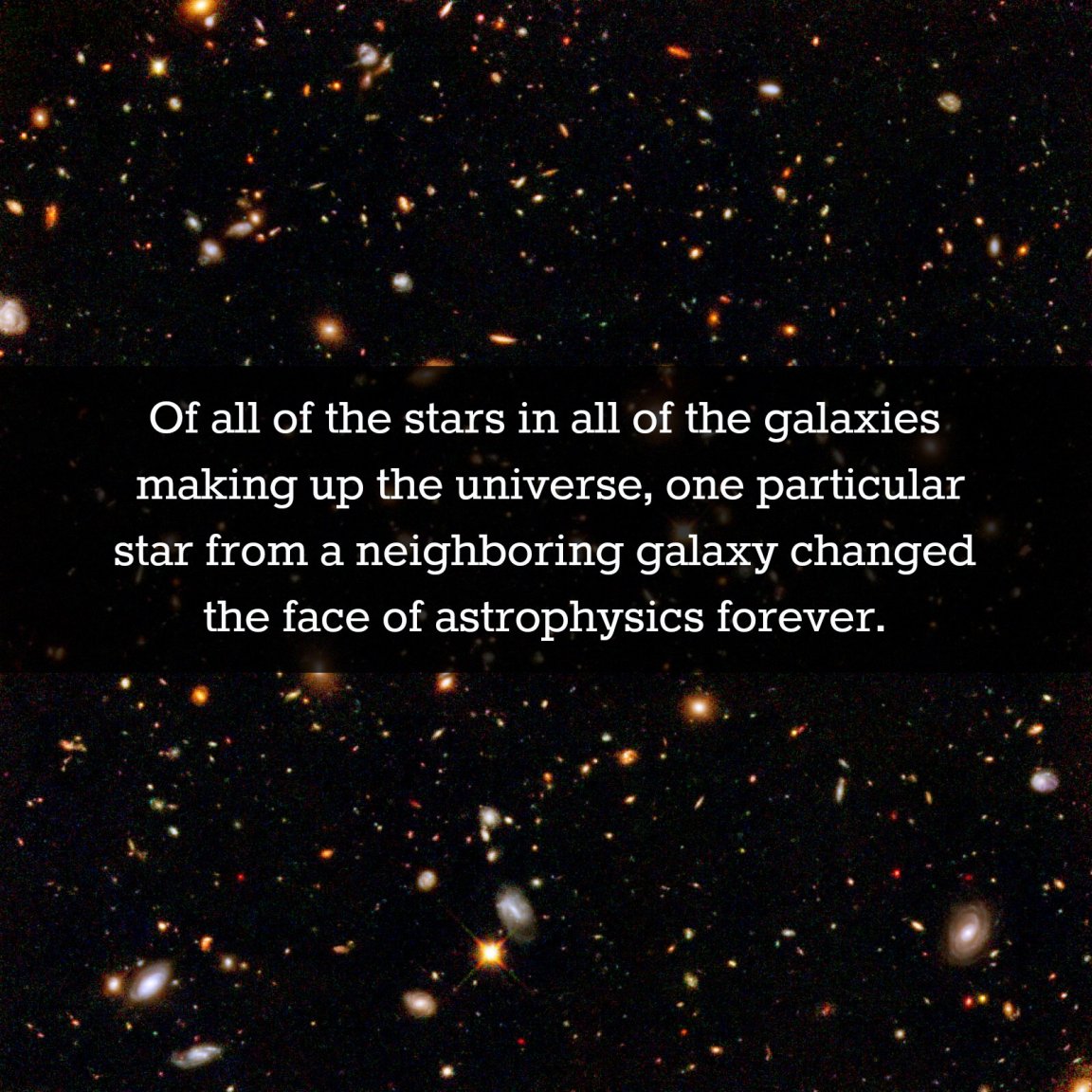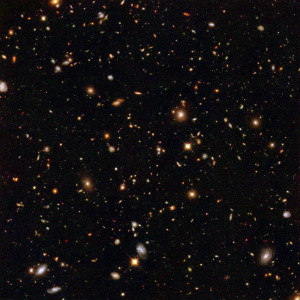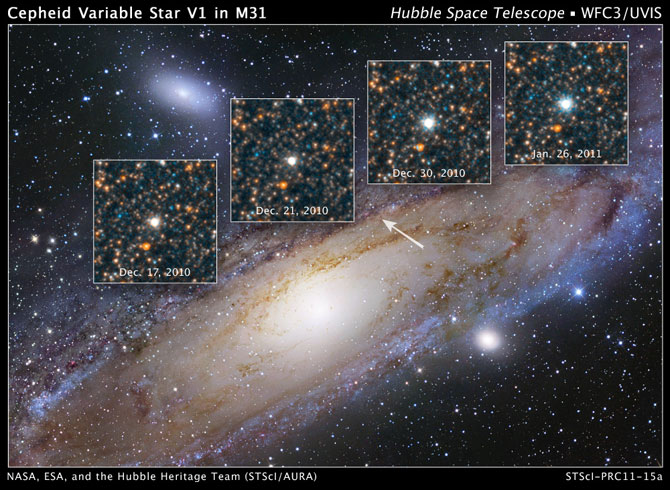

Today, we know that the Universe is filled with billions upon billions of galaxies; however, in the early 1900s, it was widely accepted that the Milky Way was a single collection of stars with nothing beyond it.
Andromeda, and other galaxies, were believed to just be ‘spiral nebulae’ lying within the Milky Way.
However, there were telltale clues that astronomers could use to determine the distance between Andromeda and Earth, one of which is Cepheid variable stars. Stars of this type have very predictable patterns of brightness, which we can derive a light curve from — thus making variable stars reliable distance markers.
In 1920, the astronomers Shapley and Curtis had a debate of the size of the Milky Way. Shapley’s measurement was 300,000 light-years across, and he thought that the spiral nebulae were much smaller; therefore, the assumption was that they must be part of the galaxy too.
However, Curtis thought the Milky Way was much smaller, which would leave room for other galaxies beyond the Milky Way.
Getting to the Size of the Milky Way
To try and settle the argument, they tried to study supernovae in Andromeda, but because stellar processes were little understood calculations at the time, their numbers radically differed, and so the stars were not reliable in working out the distance of the spiral nebula. But there was one man – who is now a very famous man – that was determined to uncover the truth about our universe.
His name now resides on one of the most powerful probes we have to sent to delve into the depths of the universe; his name was Edwin Hubble.

Hubble spent months during 1923 studying Andromeda using a 100-inch Hooker telescope. Using many exposures and glass plates, he tried to capture the whole nebula. On October the 5th, Hubble was capturing images of one of the spiral arms, the next day he took a second photo and compared the two. He found 3 possible supernovae, one of which dimmed and brightened in a much shorter period than expected.
This star was a Cepheid variable star, later called V1 (The Hubble Variable number 1).
Standard candles (as they are called) are important tools for scientists when trying to measure distances. Astronomers now use a certain kind of star (the aforementioned Cepheid variable stars) to measure distances throughout the Milky Way.
To put it simply, variable stars are stars that change in brightness.
These stars vary in luminosity (growing bright and then dim) based primarily on how massive they are, where they are located, and how distant they are. Knowing how massive the star is, we can basically determine what the star’s absolute magnitude should be. And comparing those numbers to the apparent magnitude (how bright it looks to us) can give astronomers an accurate idea of how far away an object is.
Hubble used this to calculate Andromeda’s distance, his conclusion was at 1 million light years – over 3 times the suggested diameter of the Milky Way by Shapley. This meant that the nebula could not reside within our galaxy — shattering the general view that our galaxy was all that exists.
We now know that the Galaxy is actually about 2 million light years away from us (give or take a bit), but his discovery shook the world of astronomy and revealed a much, much larger universe than the one we first thought existed. Hubble went on to find many more galaxies, and later found out the universe is actually expanding. So, V1 was a major step in astronomy and understanding the true nature of the galaxy, and universe we live in!